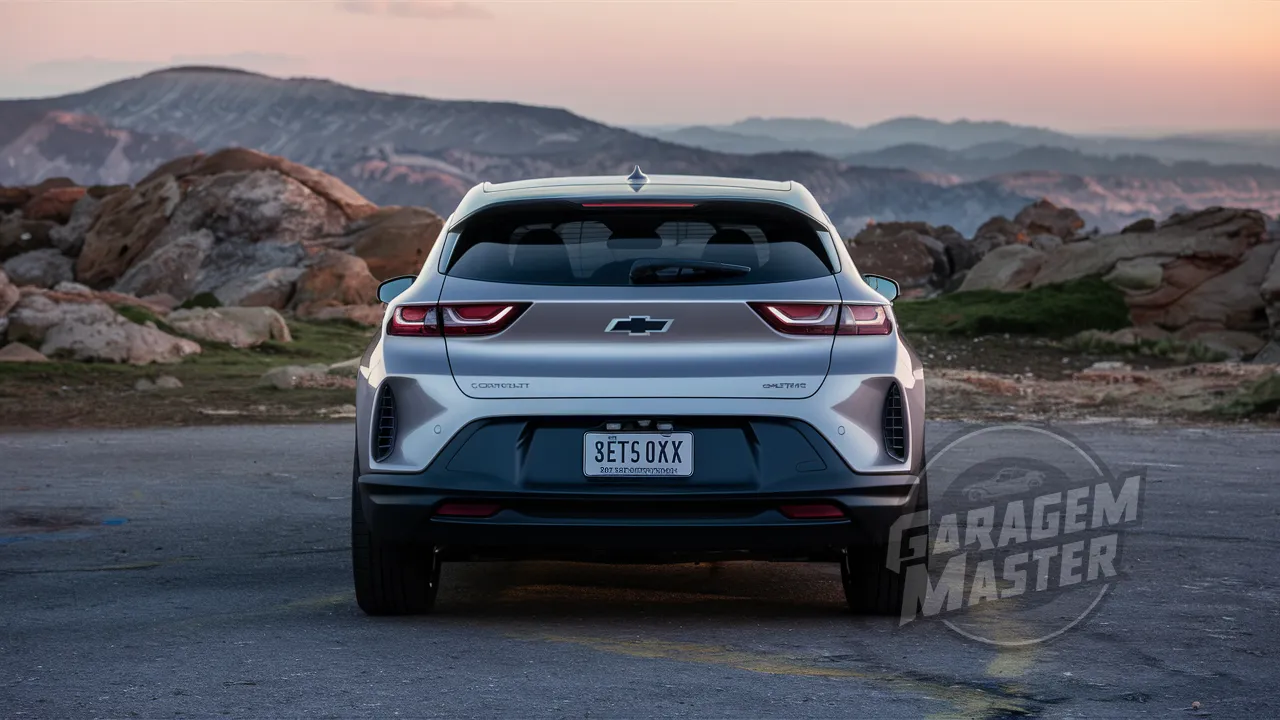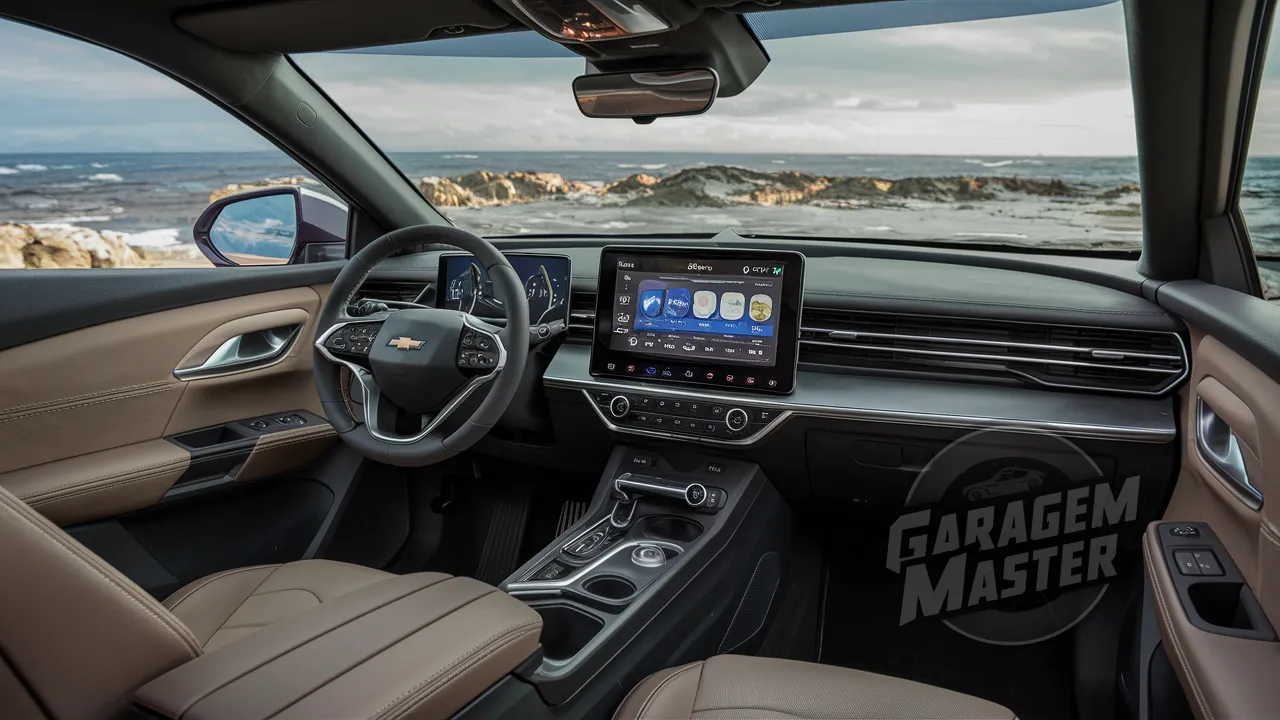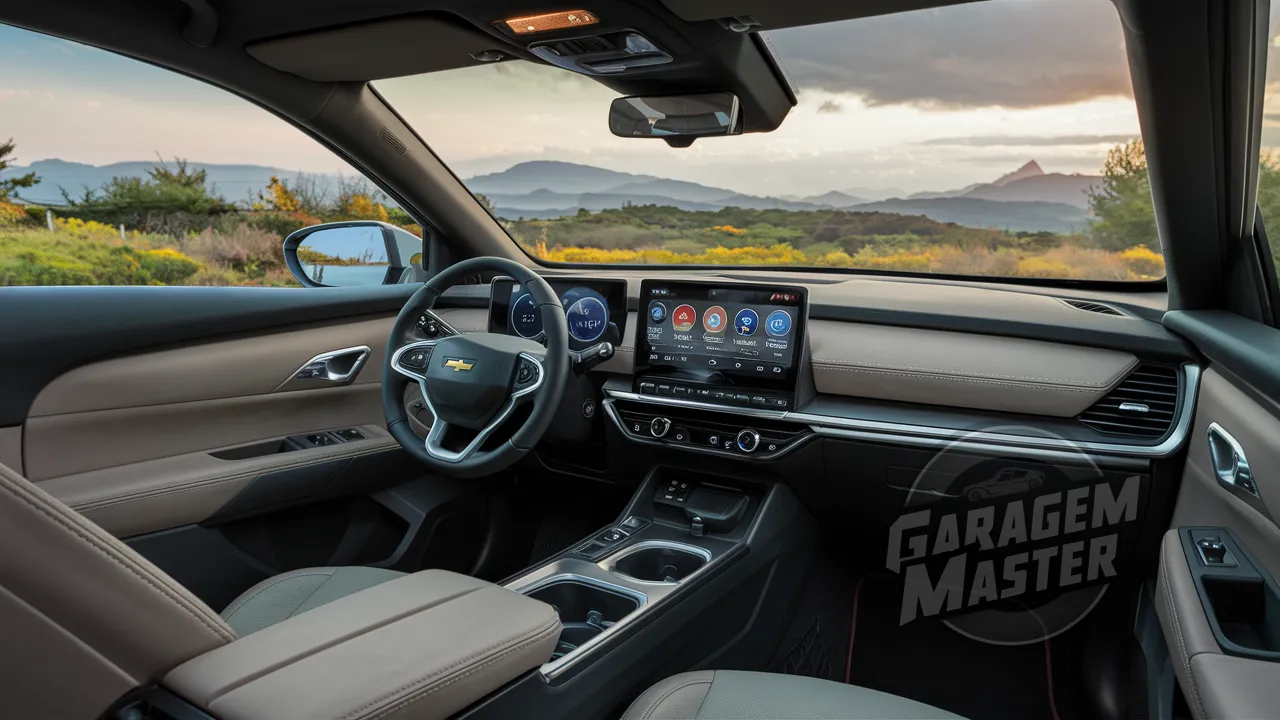Develop a new generation of Chevrolet Onix It demands huge investments, figures that easily exceed billions of reais. This is why it takes more than five years for a vehicle to receive its successor, allowing the investment to be amortized. However, some aspects of a car age faster than this period, and that's where stylistic interventions come into play as an intermediate solution.
To the Chevrolet, this intervention is crucial: the new Spin has already had its restyling revealed, and the next to undergo this transformation will be the S10, with presentation scheduled for this month. As we reach the transition period between 2024 and 2025, it will be the turn of General Motors' protagonists in Brazil – Onix, Onix Plus and Tracker – to receive their update.

The current generation Chevrolet Onix and Onix Plus were launched in 2019, receiving a much warmer reception, in terms of design, than their main competitors, Hyundai HB20 and HB20S. However, the Hyundai duo underwent a renewal in 2022, and now it's time for Chevrolet to respond with additional improvements.
As determined, the styling of the 2025 Chevrolet Onix will follow the brand's global guidelines, adopting elements similar to those of more expensive models, such as full-size SUVs from the United States and new electric cars.
Particularly noteworthy is the new “infinite” grille, which extends to the end of the bumper, acquiring a trapezoidal shape as it widens. The iconic Chevrolet emblem remains at the top, on a thin ruler, although Brazilians' preference for glossy black tones may replace the previous chrome trim.

Another significant change will be the headlights, which will become more tapered and extended, featuring a new light signature and LED lamps with more uniform beams, giving them a discreet appearance in search of modernity.
At the rear, the changes will be more subtle, limited to a new visual signature on the headlights and small touches on the diffusers. A notable difference between the models will be in the front bumper, where the Brazilian restyling will include L-shaped body extensions, involving the new lower part and relocating the auxiliary headlights upwards. Unlike the current line, the optical assembly is expected to be entirely LED, at least in the more expensive versions.
As for the Tracker, a reference is the Trax medium SUV, sold in both China and the USA. The front grille will have a trapezoid shape similar to the Onix line and, naturally, the Trax, extending to the end of the bumper.
The auxiliary headlight section, on the other hand, will have its own design, with side protrusions that simulate air intakes, a daytime running light strip in the shape of a vertical ruler and space for lamps just below. The changes at the rear will be discreet, probably limited to the inside of the headlights. While Onix and Onix Plus may receive a new rear bumper, the Tracker will likely retain its current one.
The internal innovations will closely follow what was applied in the Spin: a digital instrument panel and a floating multimedia center, with screens totaling approximately 20 inches united under the same frame. Image quality tends to be superior, with connectivity functions that include streaming applications that run natively (eliminating the need to use Android Auto and Apple CarPlay) and take advantage of 4G connectivity and the presence of Amazon Alexa.
Mechanical Improvements
The change in appearance serves as a lure for advertising, in a broad movement that ranges from new commercials in the media to people's own attention, who notice a different car on the streets. This is the attraction that is completed when the potential buyer discovers that, in addition to all this, the new national Chevrolets are more powerful.
This possibility arises from GM's radical change of course, which initially opted for an abrupt transition from its current models to electric vehicles, ditching hybrids, but later backed off. Executives realized this would result in a drastic drop in sales in emerging countries, where Chevrolet could lose its position as a generalist until EVs became dominant. This is an increasingly real possibility, especially with growing Chinese influence in markets like ours, where 327,686 GM units were registered in 2023.
In Brazil, the electrification effort (now gradual) will begin with the adaptation of existing engines to stricter emission standards, which will come into force next year. Finally, direct injection will reach the 1.0 turbo and 1.2 turbo engines, whose absence in 2019 was justified by increased maintenance costs.
In addition to emitting fewer pollutants, the Onix's 1.0 turbo engine has a good chance of becoming the most powerful in the country in this category. Currently, it delivers 116 hp and 16.3 kgfm, but in China, where direct injection is already used, its power reaches 125 hp and 18.3 kgfm. This is with gasoline, which also generates 125 hp in the Fiat Pulse, for example. With ethanol, the SUV from Betim (MG) produces 130 hp, which means that Brazilian fuel could be the difference that will guarantee another sales asset for General Motors.
In the case of the 1.2 turbo engine, the introduction of direct injection and additional adjustments have the potential to increase its power to 137 hp and 22.4 kgfm, compared to the current 133 hp and 21.5 kgfm.
These improvements are not just limited to aesthetics, but also cover essential mechanical aspects. The stylistic change serves as an advertising strategy, drawing consumers' attention to the substantial improvements under the hood.
General Motors' decision to review its transition strategy to electric vehicles demonstrates sensitivity to the demands of emerging markets, such as Brazil. Adapting existing engines to stricter emission standards is a necessary measure to remain compliant with environmental regulations while maintaining the brand's competitiveness in the national market.
The introduction of direct injection in the 1.0 turbo and 1.2 turbo engines represents a significant advance in terms of efficiency and performance. In addition to reducing pollutant emissions, this technology tends to improve engine power and torque, providing a more dynamic and responsive driving experience.
In the case of the Chevrolet Onix, these mechanical improvements promise to make it an even more attractive option in the compact segment, standing out not only for its updated design, but also for its improved performance and energy efficiency.
In short, the new look of the Chevrolet Onix, accompanied by improvements to the 1.0 turbo engine, represents an important step towards maintaining the brand's competitiveness in the Brazilian market. These changes not only revitalize the vehicle's aesthetics, but also reinforce its performance and efficiency, meeting consumer demands for technology and innovation. With this, Chevrolet reaffirms its commitment to offering quality products that meet the needs and expectations of Brazilian customers.






















And the 3 cylinder rubbish continues, which they don't count on because even China didn't want it.